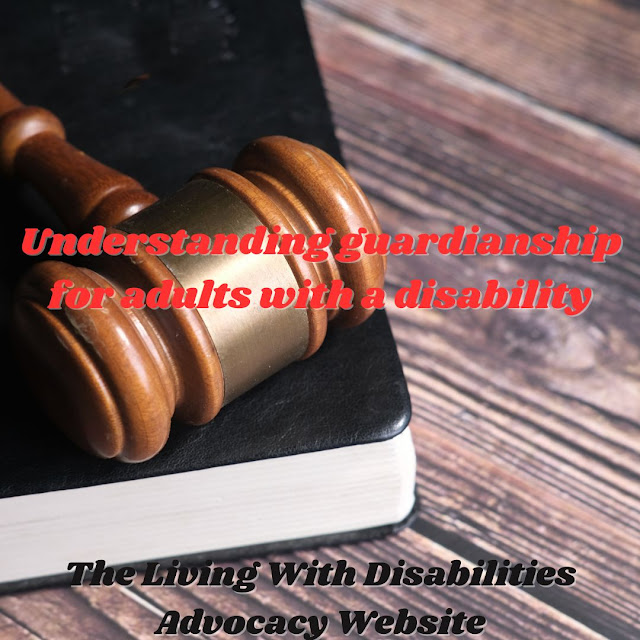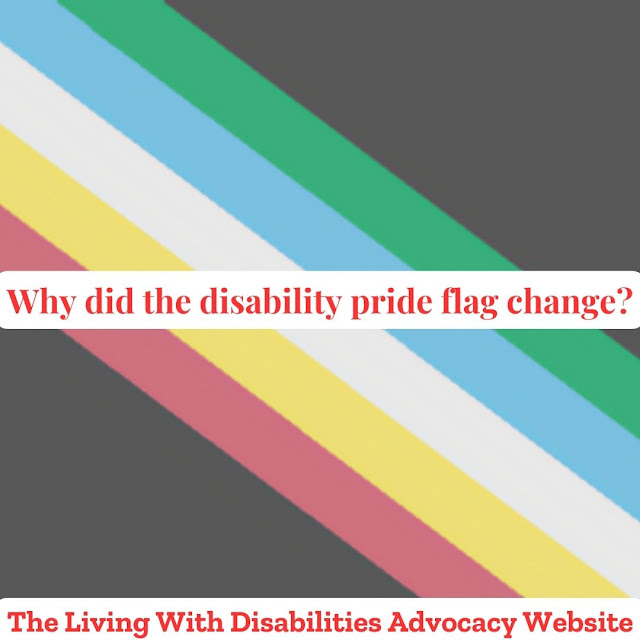How to advocate for yourself
Hello everyone, I'm Katrina from Living with Disabilities. You're tuned into the Living with Disabilities, advocacy website dedicated to helping people comprehend the disabled community. The core purpose of our website is to assist society in recognizing the full range of various disabilities and conditions. Accessibility is a key component of this understanding. Without accessibility, there's exclusion. This week, we'll discuss "How to advocate for yourself" Let's push 'Dis' aside and focus on the 'Ability' of Living with Disabilities.
Being actively engaged in self-advocacy sets a positive example for newcomers. It's important to acknowledge their admiration for you as a role model. Speaking up for oneself can be challenging, and the experience varies with each individual. This often leads to confidence, which can be particularly difficult for some individuals with disabilities.
An individual struggling to find their confidence might appear shy. It's important to understand that it may take time for them to overcome the obstacles that prevent them from speaking up. When interacting with someone in this state, understand that it's not about you; they will start to open up under your guidance. Remember to avoid pressuring them; instead, create an environment where they feel comfortable approaching you to ask for help.
To assist someone in self-advocacy, encourage them to understand and assert their needs, rights, and interests effectively. This involves communicating clearly, negotiating for oneself, and making informed decisions. Support them in building confidence to believe in their worth and to take good care of themselves. It's also beneficial to connect them with resources such as disability rights organizations, support groups, and educational workshops that can provide further assistance.
The five major steps of self-advocacy include identifying your needs and wants, developing your self-advocacy skills, setting boundaries and expectations, communicating your needs and wants assertively, and preparing, consulting, drafting, and stating your case.
If the five major steps of self-advocacy are not met, it's important to reevaluate and identify which steps were missed. Then, develop a plan to address these gaps, whether it's by seeking additional support, improving communication skills, or setting clearer boundaries. It's crucial to understand your needs, know the kind of support that might help, and communicate these needs to others.
Once you've overcome the challenge of seeking assistance and have been equipped with the resources to become a better advocate, you are not only on the path to helping yourself but also paving the way to assist others who follow. Living with Disabilities emphasizes that it's not only the followers who seek resources but also the leaders who will come seeking them.
The host of Living with Disabilities, Katrina, was inspired by the daytime show The View to create a podcast episode discussing various disability-related topics.
Living with Disabilities is currently looking for disability rights activists or advocates to speak on various disability-related topics. For The Advocacy Table.
The Advocacy Table's concept revolves around pressing monthly topics within the disability community. It focuses on current issues that require attention and explores how individuals with disabilities can address these concerns.
How can you become a panelist?
Follow us on all our social media, including Facebook and Instagram, where we will post about the topic of discussion and look for panelists. A deadline will be given, along with information on what is needed from you. After everything is done, a Zoom link will be created with a date and time. Once we receive all panelist information, the Zoom link will be emailed or messaged to you through your social media accounts. We do ask that if anything does come up and you can't make it on the show, do reach out to the host so she knows, and if any panelists have contacted Living with Disabilities through social media, even the host, about making an appearance on the show, they will receive a Zoom link to be on the show. We want to keep it at five or ten panelists. The link will go out a week before the show is scheduled, and after the show is over you will receive a survey to fill out.
Let's Advocate to push "Dis" aside and focus more on the "Ability" here at Living with Disabilities.
If you need online support, Disability Safe Haven is great for receiving support. The We Care Team is very protective of its members and asks everyone who joins, to have a profile picture and answer the security questions.
Another online support, Living With Cerebral Palsy, is great for people with cerebral palsy and for family and friends who want to learn more about different types of cerebral palsy and how to support their loved ones who have it. This group has open and closing hours and a 24/7 chatroom. Open and closing hours are based on United States time zones.
If you are looking for a Virtual socializing group, a group filled with creative activities, and a space where you build on friendship. United By Creative Minds, is a space for people with disabilities only! Must have a profile picture and answer the security questions. If you're interested in joining, contact Living with Disabilities and mention "Unite Me" in the subject title; the host will then add you to the group. This is a private group on Facebook, created specifically by and for individuals with disabilities.
Podcast Link




Comments
Post a Comment